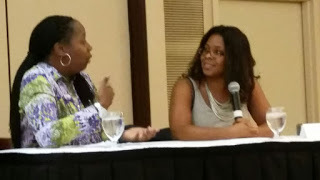Tips to Sharpen Your Dialog
 Recently a fellow writer told me his dialog didn’t seem to work but he didn’t know why. When I read a bit of his work I thought I knew the issue he was sensing. I thought what was between the quotation marks was really good. The problem was, his dialog was ONLY dialog. So I made some suggestions.
Recently a fellow writer told me his dialog didn’t seem to work but he didn’t know why. When I read a bit of his work I thought I knew the issue he was sensing. I thought what was between the quotation marks was really good. The problem was, his dialog was ONLY dialog. So I made some suggestions.He had gone to a style where he had almost totally eliminated dialog tags. What I mean is, he cut the “he said” or “she asked” after each comment. I agree that having those things after every spoken line can be boring and repetitive. And logically, if only two people are talking you shouldn’t nee them at all. But, in my opinion, that’s putting a lot of responsibility on the reader. And while most readers can figure it out, making that effort can pull them out of the story. I think it’s okay to make it easier for the reader. Throw in a “she said” every two or three exchanges, or even a “Mary said” to remind us of a character’s name. And if there are more than two people in the room, go ahead and tag everyone’s dialog. It can’t hurt.
I also think we should help our readers see what’s happening, like a movie. That means, tell them what these people are doing. No one JUST talks. They’re also sipping coffee, pacing the room, fiddling with the change in their pockets or following that person walking past just outside the window. Of course, for that to work, the writer has to be able to see the scene. I think figuring out what my people are doing while they talk helps cement their characters. It might help to show how interested they are in the conversation. And it will certainly help keep your readers tied to the location. If they can see where the scene takes place it has more impact.
My last tip to this writer was to try to include more emotional context to the dialog. When I started out I used way too many adverbs for this (He said angrily, she said hatefully.) I learned that adverbs in dialog tags are a major pet peeve of most editors. But stripping them out gave the reader less information about how the people felt. Over time I’ve learned to convey that same information by showing body language, facial expressions and tone of voice. Where did he pause before answering? When did she give a big sigh? When did she cross her arms and turn her head with her nose in the air? At what point did he roll his eyes. These are all things people do to communicate their feelings, purposely or not.
So go back through your dialog and see how you could use these little tips to make your dialog stronger.
Published on February 11, 2019 12:25
No comments have been added yet.



